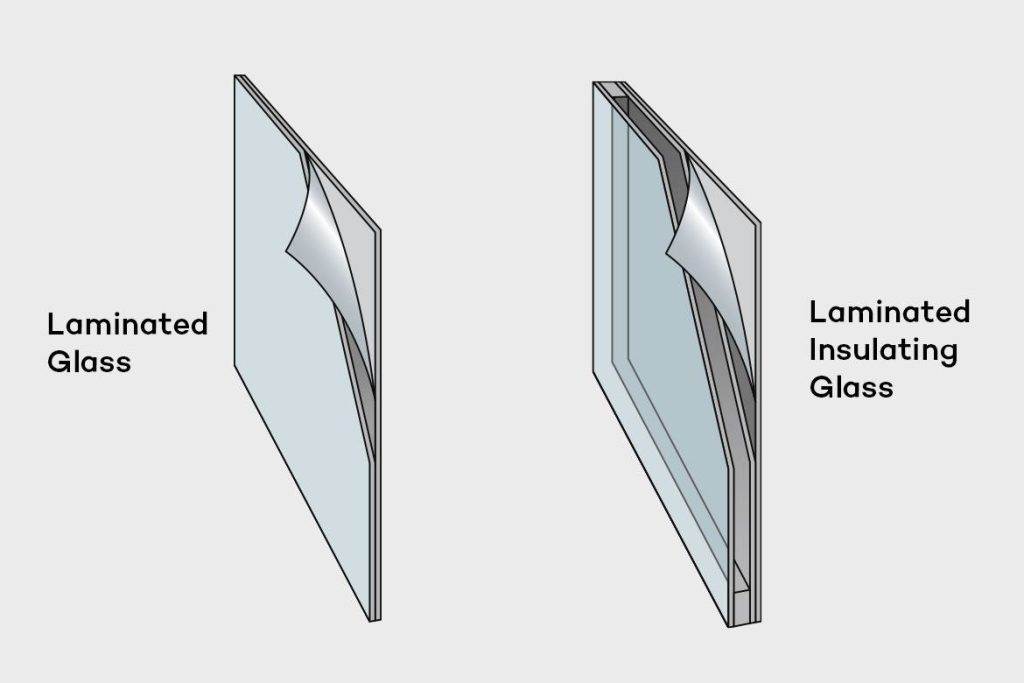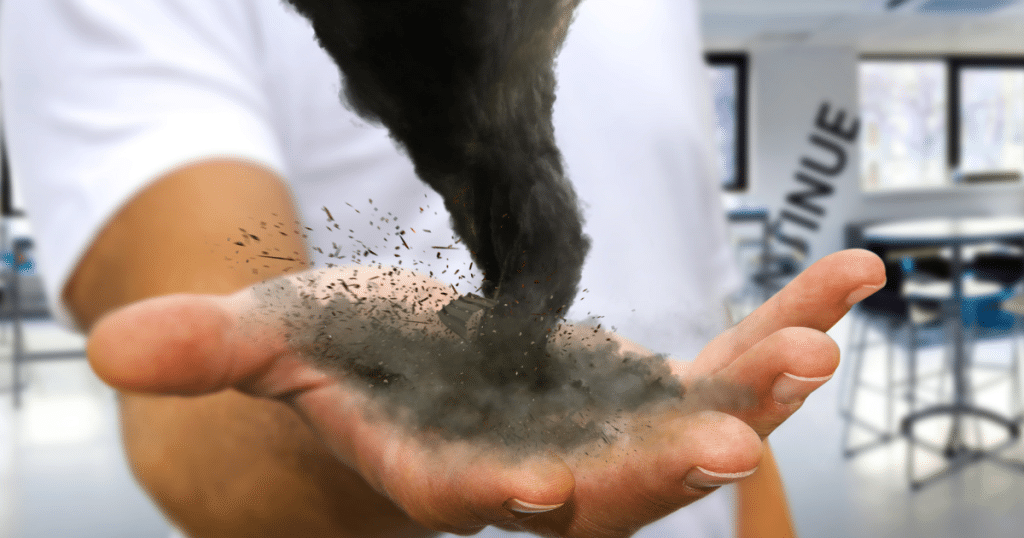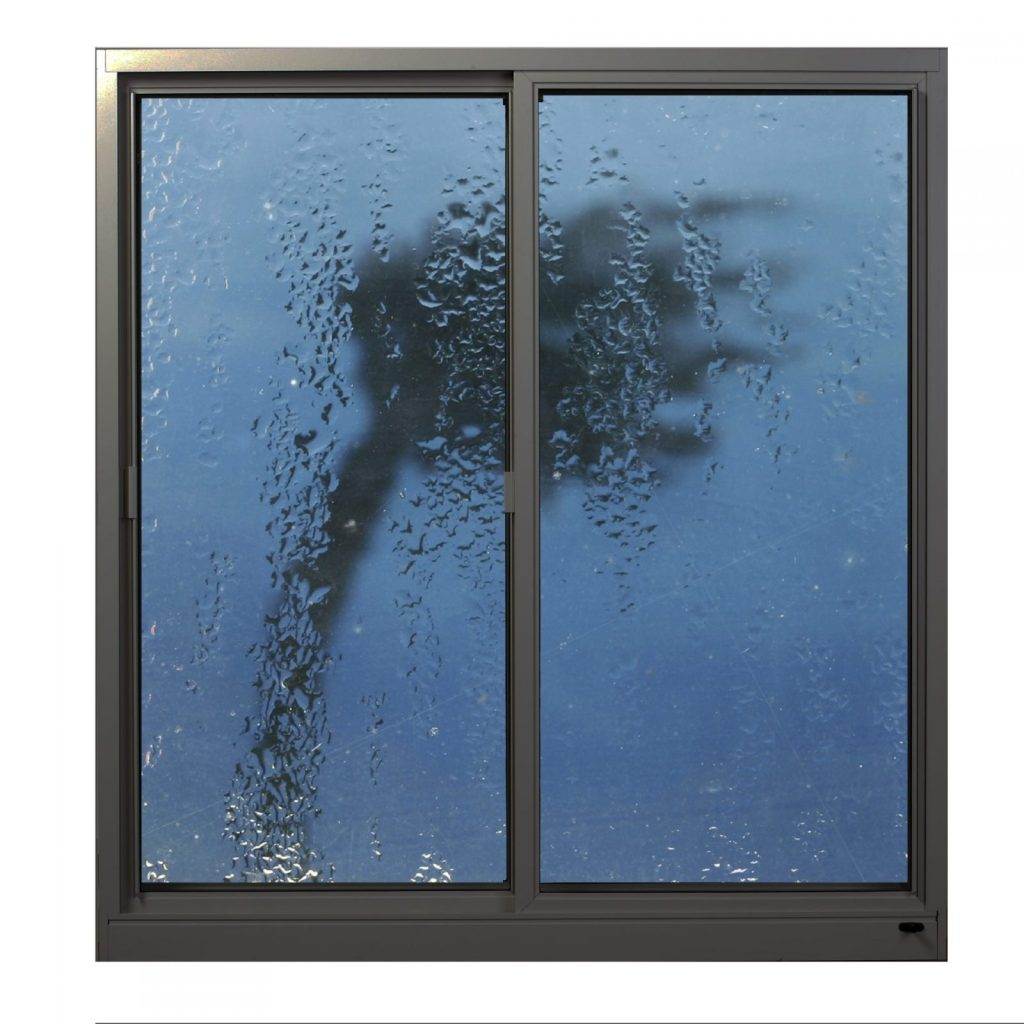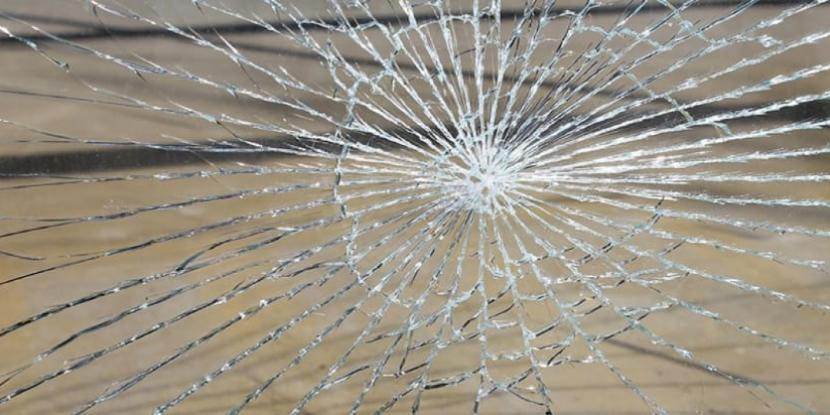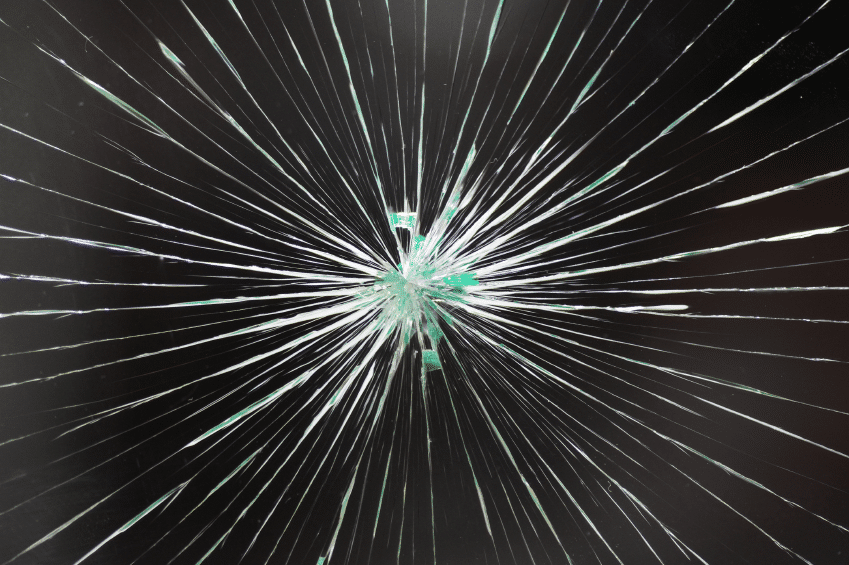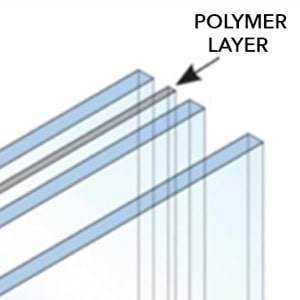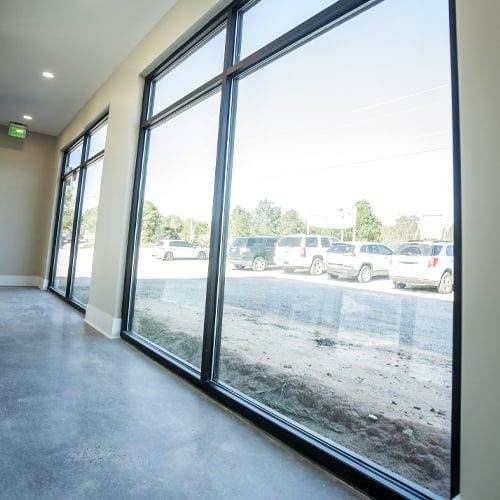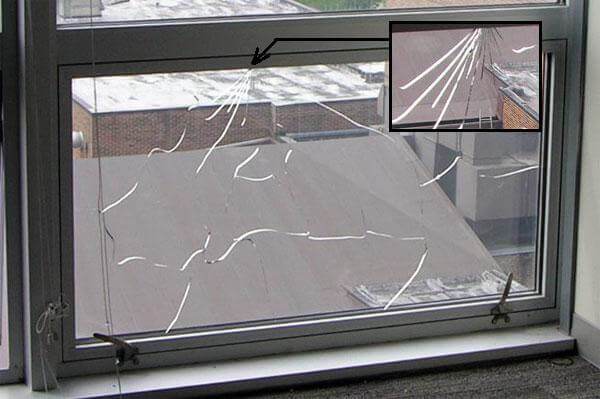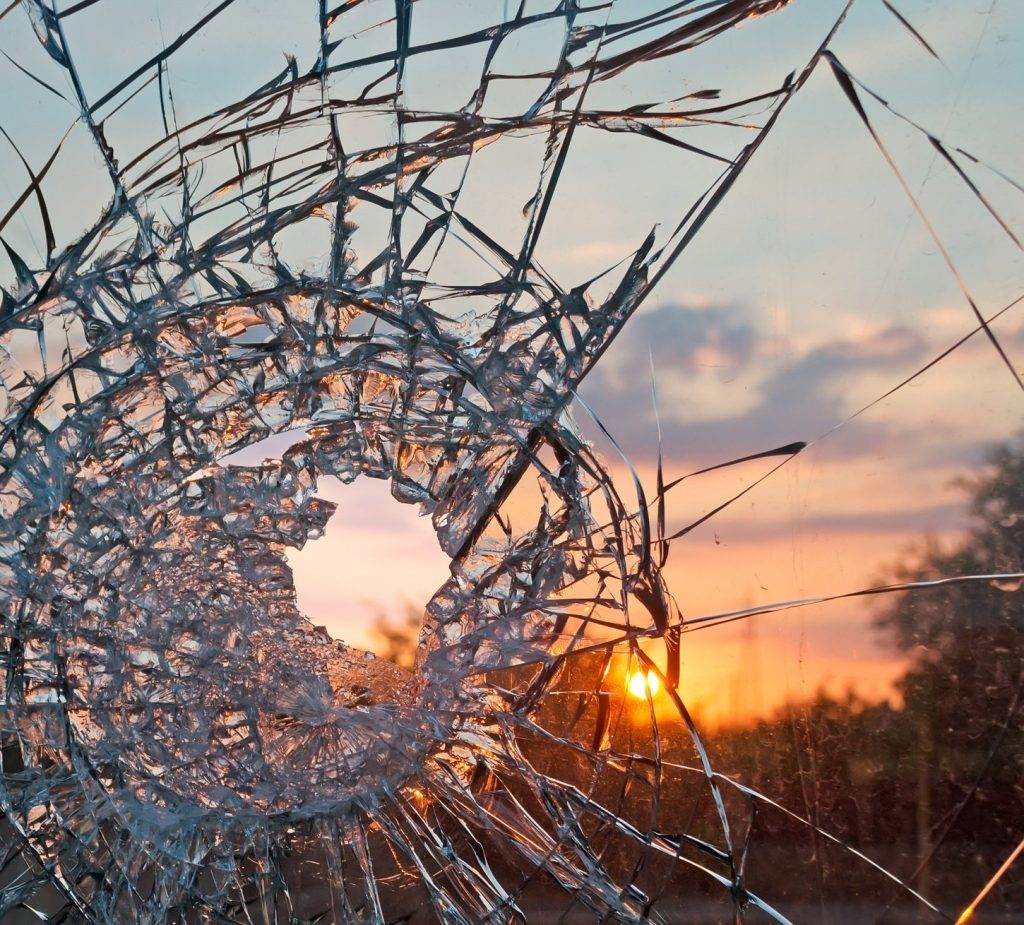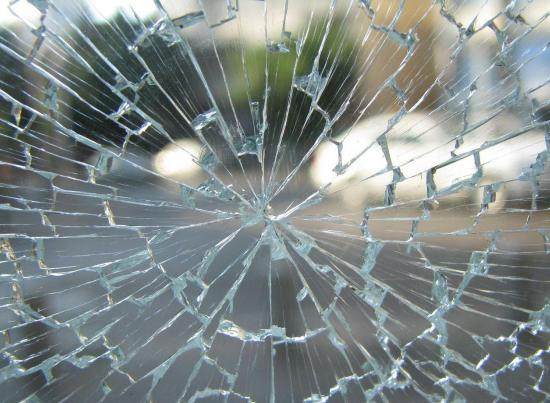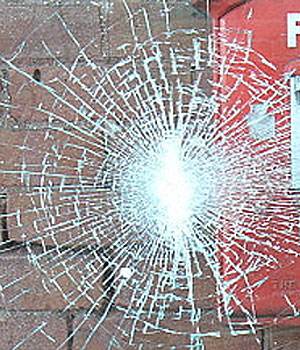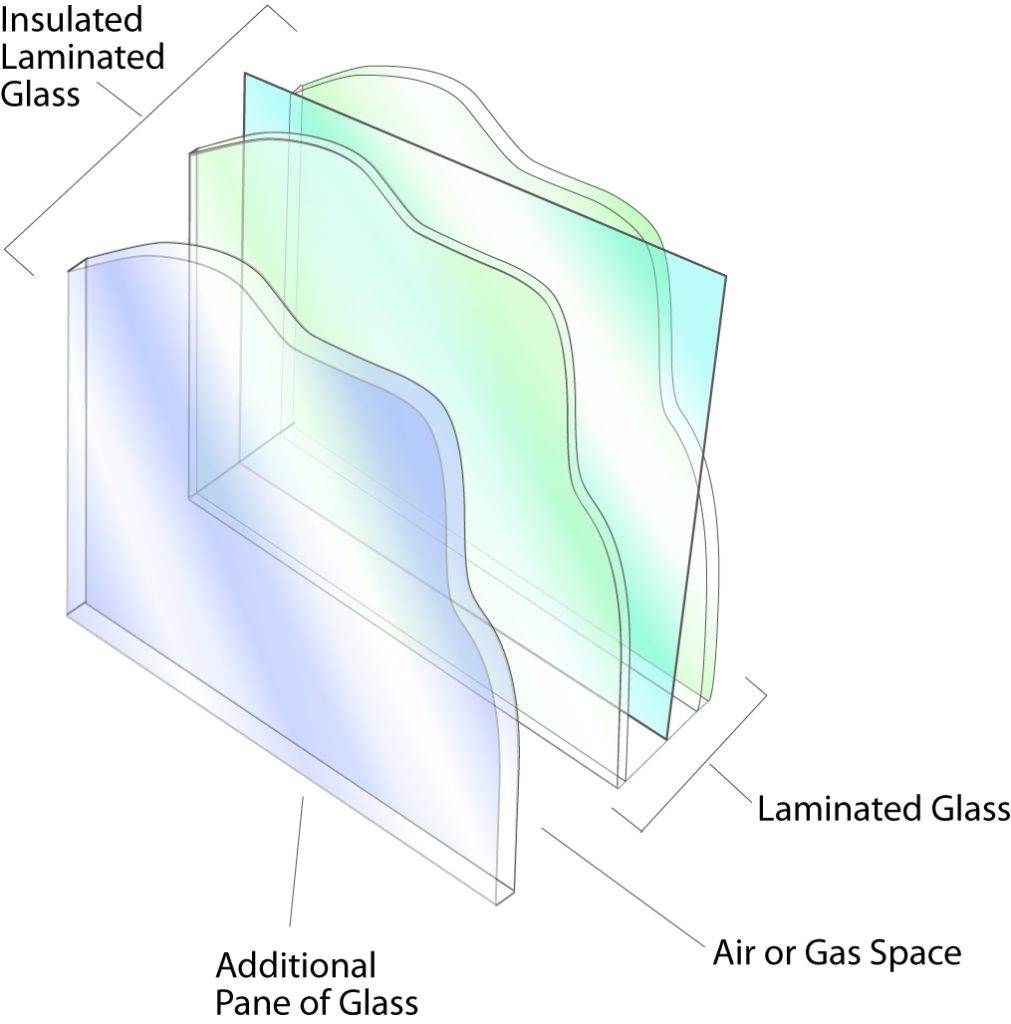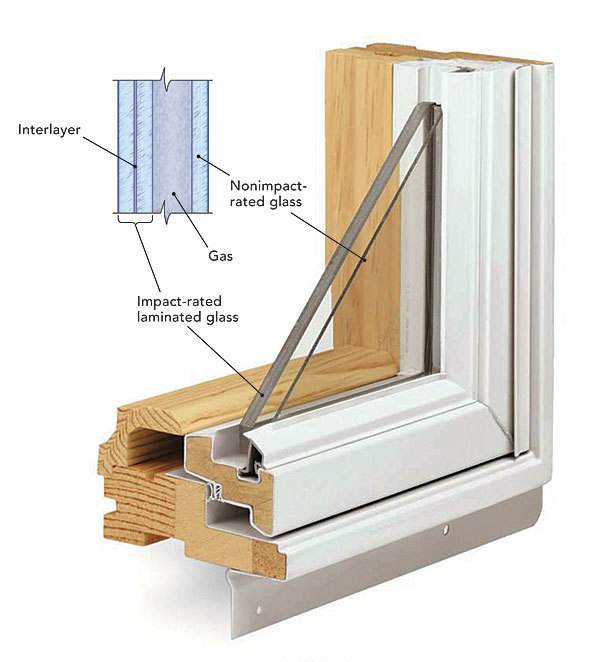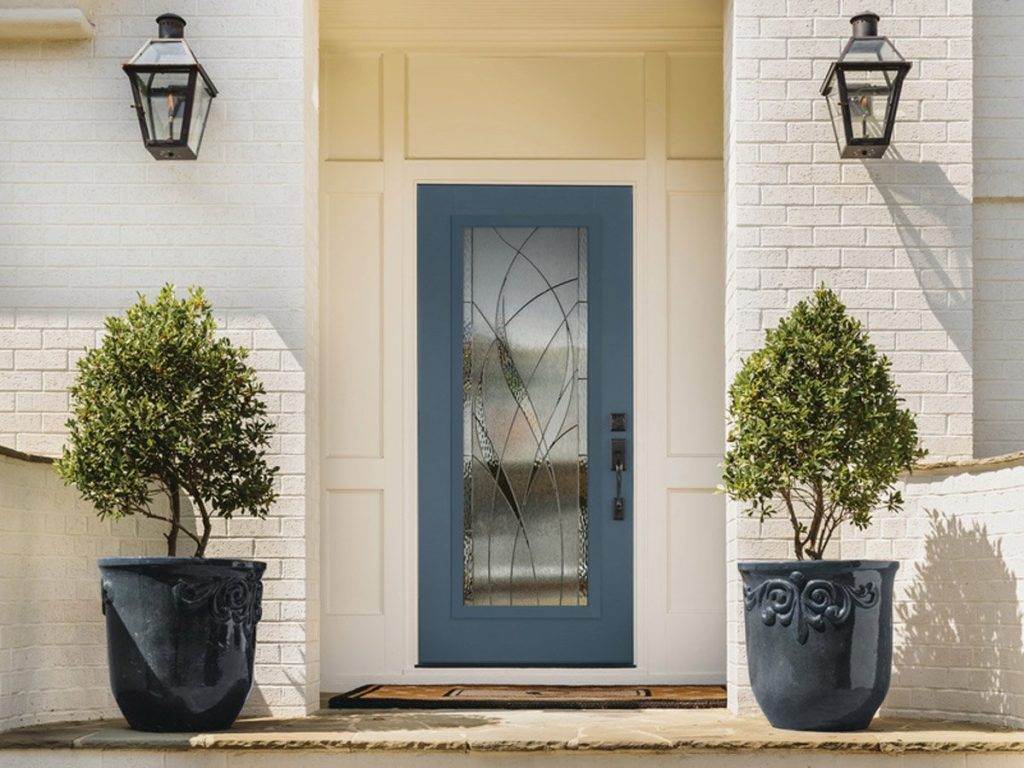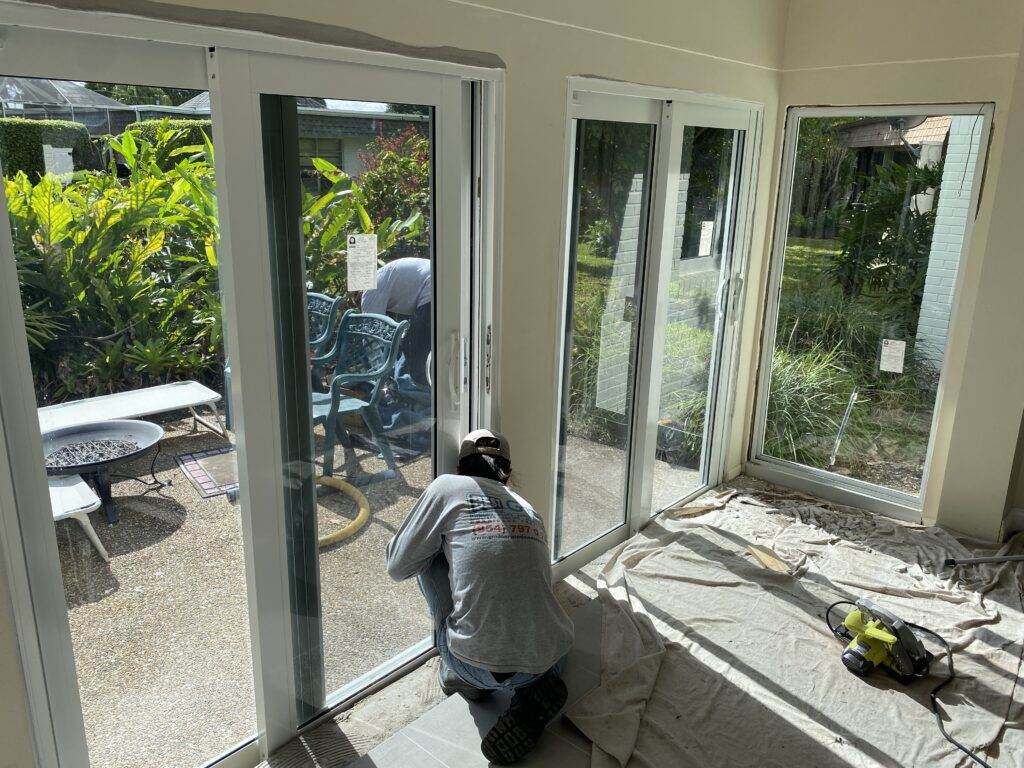Have you ever wondered if it’s possible to combine functionality with artistic flair when it comes to windows? Well, the answer is yes! You can now enjoy the best of both worlds with decorative or stained impact glass. No longer confined to plain and unadorned glass, you can now add a touch of elegance, sophistication, and personality to your windows while still enjoying the security and durability of impact glass. Whether you prefer the timeless charm of stained glass or the intricate beauty of decorative designs, there are a variety of options available to suit every taste and style. So why settle for ordinary windows when you can make a statement with decorative or stained impact glass? Yes, you definitely can! Decorative and stained impact glass are both popular options for enhancing the appearance and functionality of your windows and doors. These types of glass not only provide protection against impact and breakage but also add a touch of elegance and style to your space. In this comprehensive article, we will explore the definition, features, benefits, differences, applications, factors to consider, steps to purchase, and maintenance tips for decorative and stained impact glass.
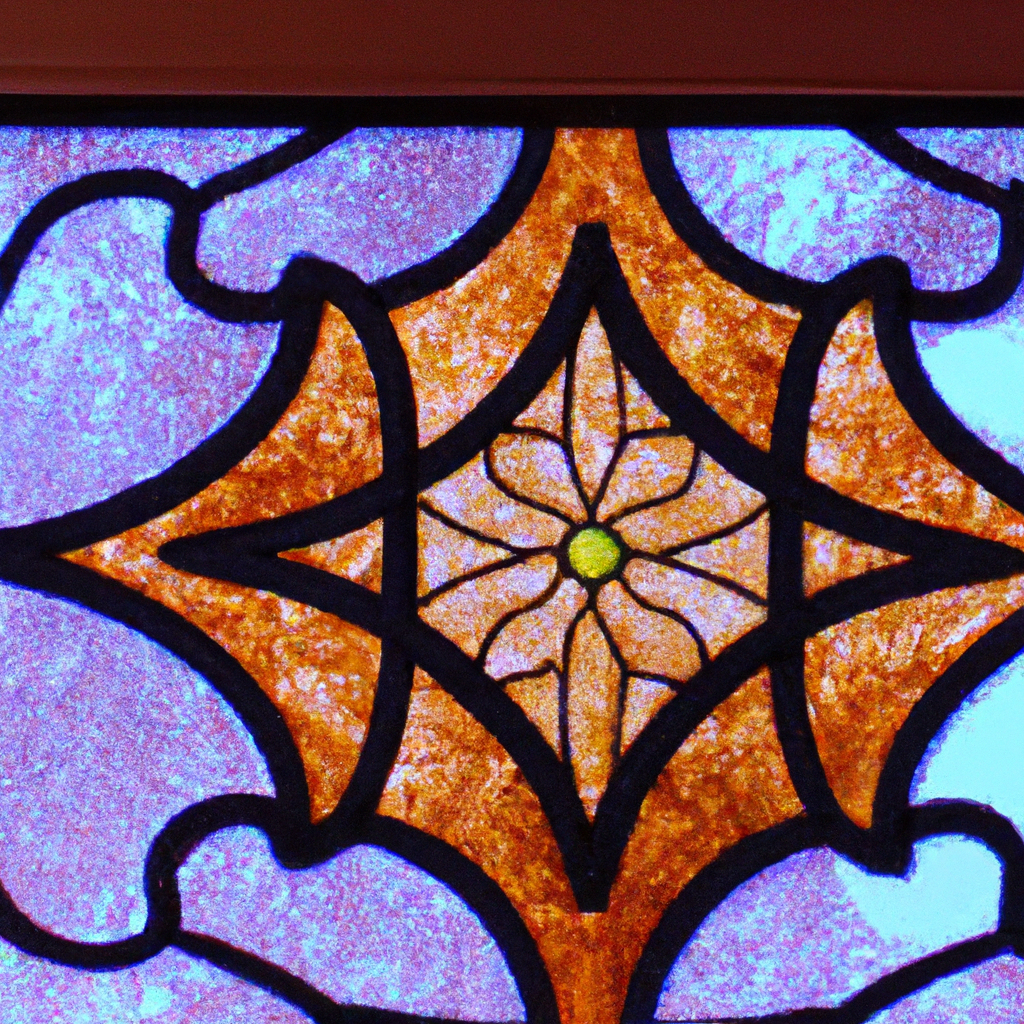
What is Decorative Impact Glass?
Definition
Decorative impact glass, also known as laminated glass, is a type of safety glass that consists of two or more layers of glass bonded together with a resilient interlayer material, usually polyvinyl butyral (PVB). This interlayer helps to hold the glass together when it is shattered, reducing the risk of injury from broken shards.
Features
Decorative impact glass is designed to meet stringent safety standards, including those related to hurricanes, high winds, and forced entry. It is available in various thicknesses, depending on the level of protection required. Additionally, it can be customized with decorative patterns, textures, and colors to suit your personal taste and style.
Benefits
The primary benefit of decorative impact glass is its ability to provide protection against impact and breakage. It can withstand high winds and flying debris during severe weather events, keeping your home or building safe. In addition, it offers enhanced security by making it difficult for intruders to break through windows and doors. Beyond safety and security, decorative impact glass also offers energy efficiency, noise reduction, UV protection, and increased resale value for your property.
What is Stained Impact Glass?
Definition
Stained impact glass, also known as stained glass or art glass, is a type of glass that has been colored or painted with pigments and then fused together to create decorative patterns or designs. It is typically used in windows, doors, and other architectural applications.
Features
Stained impact glass is crafted by skilled artisans who carefully select and arrange colored glass pieces to create intricate designs. These designs can range from traditional religious or geometric patterns to more modern and abstract styles. The glass pieces are joined together using lead or metal strips called “cames” and then soldered to create a durable structure. Stained glass can also incorporate textured or beveled glass for added visual interest.
Benefits
The main benefit of stained impact glass is its aesthetic appeal. It adds a unique and artistic touch to any space, whether it be a residential home, commercial building, or religious institution. Stained glass windows and doors can create a beautiful focal point, allow natural light to filter through in a stunning way, and add a sense of charm and character. Additionally, stained glass can offer privacy while still allowing light to enter, making it a popular choice for bathrooms and other areas where privacy is desired.
Differences Between Decorative and Stained Impact Glass
Appearance
The key difference between decorative and stained impact glass lies in their appearance. Decorative impact glass is often transparent or translucent and can be customized with patterns, textures, or colors. Stained impact glass, on the other hand, features intricate designs and vibrant colors, giving it a distinct and eye-catching look.
Manufacturing Process
The manufacturing processes for decorative and stained impact glass also differ. Decorative impact glass is created by sandwiching the interlayer material between layers of glass and then subjecting the glass to heat and pressure to bond the layers together. Stained impact glass, on the other hand, involves the artistic process of hand-cutting and assembling individual pieces of colored glass, which are then joined together using cames and soldered.
Customizability
While both decorative and stained impact glass offer customization options, the level of customizability varies. Decorative impact glass can be customized with various patterns, textures, and colors to match your design preferences. Stained impact glass, on the other hand, allows for greater artistic freedom with its ability to create intricate and unique designs using colored glass pieces.

Applications of Decorative and Stained Impact Glass
Residential Use
Both decorative and stained impact glass can be used in residential settings to enhance the overall look and functionality of windows, doors, and other architectural features. In residential homes, decorative impact glass is commonly used for hurricane-resistant windows and doors, providing protection while also adding aesthetic value. Stained impact glass, on the other hand, can be used in windows, entry doors, skylights, and even as decorative accents within the home.
Commercial Use
In commercial buildings, decorative and stained impact glass can make a significant impact on the overall design and atmosphere. Decorative impact glass can be used for storefront windows, office partitions, conference room walls, and other areas where safety and aesthetic appeal are desired. Stained impact glass can be utilized in hotels, restaurants, bars, and other establishments to create a unique and inviting environment.
Architectural Use
Both types of impact glass are also widely used in architectural applications. Decorative impact glass can be found in museums, galleries, and public buildings where the need for safety, aesthetics, and natural light is essential. Stained impact glass is often used in churches, cathedrals, and religious institutions to create stunning stained glass windows that tell a story or convey a spiritual message.
Factors to Consider Before Choosing Decorative or Stained Impact Glass
Style and Aesthetics
When considering decorative or stained impact glass, it is important to take into account your personal style and the overall aesthetics of your space. Think about the look and feel you want to achieve and whether decorative patterns or vibrant colors align with your design preferences.
Energy Efficiency
Both decorative and stained impact glass can contribute to the energy efficiency of your space. However, the level of energy efficiency may vary depending on factors such as the glass thickness, interlayer material, and any additional coatings or treatments applied to the glass. Consider consulting with a professional to determine the energy efficiency properties of the glass options you are considering.
Cost
Cost is an important factor to consider when choosing between decorative or stained impact glass. The price of these glass options can vary based on factors such as glass thickness, customization options, and the size and complexity of the project. It is recommended to obtain quotes from multiple suppliers and compare the costs before making a decision.
Durability
Both decorative and stained impact glass are designed to be durable and withstand impact. However, it is important to consider the specific requirements of your project and choose a glass option that meets those needs. For instance, if you are in an area prone to severe weather, a thicker laminated glass might be more suitable for added protection.
Maintenance
Maintenance requirements can also vary between decorative and stained impact glass. Decorative impact glass typically requires regular cleaning to remove dirt, dust, and fingerprints. Stained impact glass may require less frequent cleaning but may need occasional inspection and maintenance to ensure the structural integrity of the lead or metal cames and to prevent any potential damage.
Steps to Purchase Decorative or Stained Impact Glass
Research and Identify Potential Suppliers
Start by researching and identifying potential suppliers of decorative or stained impact glass. Look for reputable companies that specialize in the manufacturing and installation of these types of glass. Read reviews, check their portfolio, and ask for referrals if possible.
Consultation and Quotation
Contact the chosen suppliers to schedule a consultation. During the consultation, discuss your specific requirements, style preferences, and budget. The suppliers will assess your needs and provide you with a quotation that includes the cost of materials, customization, and installation services.
Customization Options
If you have specific customization requests for the glass, such as patterns, textures, or colors, discuss these options with the suppliers. They will be able to guide you on what is feasible and provide samples or mock-ups to help you visualize the final product.
Glass Specifications
Once you have finalized the design and customization options, the supplier will provide you with the specifications for the glass. This will include details such as the thickness, type of interlayer material, and any additional features or treatments that will be applied to the glass.
Delivery and Installation
After confirming the glass specifications, the supplier will proceed with the manufacturing process. Once the glass is ready, they will arrange for delivery and installation. Skilled technicians will carefully install the glass in your windows or doors, ensuring a secure fit and proper sealing.
Maintenance and Care for Decorative and Stained Impact Glass
Cleaning Techniques
To maintain the beauty and clarity of decorative impact glass, regular cleaning is essential. Use a mild glass cleaner and a soft, lint-free cloth to gently clean the glass, avoiding abrasive materials or harsh chemicals that can scratch or damage the surface. Be sure to clean both sides of the glass and pay attention to areas where dirt and grime may accumulate, such as corners and edges.
Avoiding Damage
To avoid damage to decorative and stained impact glass, it is important to handle it with care. Do not use excessive force when opening or closing windows or doors, as this can lead to stress on the glass panels. Additionally, avoid placing heavy objects directly against the glass, as they may cause cracks or chips.
Professional Maintenance
Periodic professional maintenance is recommended for both decorative and stained impact glass. A professional can inspect the glass, check the integrity of the interlayer, and address any potential issues before they worsen. They can also provide advice on proper cleaning techniques and offer maintenance services to keep your glass in optimal condition.
Frequently Asked Questions (FAQs)
Are decorative and stained impact glasses suitable for all climates?
Yes, decorative and stained impact glasses are suitable for a wide range of climates. However, it is important to choose the appropriate glass thickness and interlayer material to meet the specific requirements of your climate. For example, in hurricane-prone areas, thicker laminated glass with a robust interlayer is recommended for maximum protection.
How long do decorative and stained impact glasses last?
Both decorative and stained impact glasses are built to be durable and long-lasting. With proper care and maintenance, they can last for decades. The lifespan of the glass may also depend on factors such as the quality of materials, installation techniques, and exposure to extreme weather conditions.
Can I install decorative or stained impact glass myself?
Installation of decorative and stained impact glass requires specific skills, tools, and knowledge. It is highly recommended to hire professional installers who have experience in working with these types of glass. Professional installation ensures that the glass is properly fitted, sealed, and meets safety standards.
Conclusion
In conclusion, decorative and stained impact glass offer a combination of beauty and functionality, making them excellent choices for enhancing the appearance and safety of your windows and doors. Decorative impact glass provides protection against impact and breakage while allowing customization options to suit your style preferences. Stained impact glass offers artistic and vibrant designs that add a unique touch to any space. Consider factors such as style, energy efficiency, cost, durability, and maintenance requirements when choosing between decorative or stained impact glass. To purchase, follow the steps of research, consultation, customization, glass specifications, delivery, and installation. Regular cleaning and proper handling will help maintain the beauty and longevity of your glass. Whether for residential, commercial, or architectural use, decorative and stained impact glass can transform your space into a visually stunning and safe environment.

